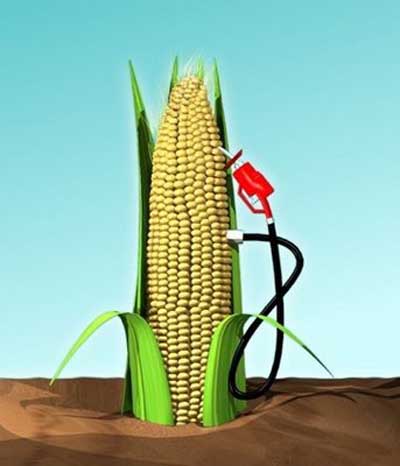You felt the earth shake a week ago today when the EPA formally approved the sale of E15 gasoline, right?
Oh, you didn't?
Not surprising, really. No gas station in the U.S. sells E15 today, and it looks like it may be a while before any given driver sees the stuff showing up as one of several fueling options at local gas stations.
On June 15, to be specific, the U.S. Environmental Protection Agency approved what are known as Misfueling Mitigation Plans submitted by companies who plan to sell gasoline containing 15 percent ethanol (E15) sometime in the future.
The E15 gasoline is likely to be sold from what are known as "blender pumps," which can deliver varying ratios of pure gasoline and ethanol, depending on what buyers choose to purchase.
The EPA has only approved E15 for cars built in 2001 and later, which covers a majority of the current U.S. fleet of about 300 million vehicles.
Gasoline with up to 10 percent ethanol (E10) has been standard in the U.S. since 1990, and all vehicles are built to tolerate that amount of ethanol.
The fear over E15, however, has to do with whether it will cause damage to older vehicles that weren't designed to use it--especially to valves and rubber seals.
Data from testing varies; some studies show essentially no damage, others show damage to some engines run exclusively on E15 for long periods (an unlikely scenario for many years to come due to the slow expected rollout of the new fuel).
E15 is likely to appear first in the Midwest, closest to the areas where refineries exist. Nonetheless, each gas station will have to install new blender pumps or carefully test its existing equipment for compatibility with E15, which is slightly more corrosive than E10.

Corn Ethanol Pump
Some states also have laws against specific blends of gasoline, so all in all, it promises to be a slow process of adoption.
There's also an open question around whether E15 should or will be sold at a lower price than E10 blends, since it contains marginally less energy content. (Ethanol holds about 30 percent less energy by volume than pure gasoline.)
The Energy Independence and Security Act that Congress passed in 2007 mandates that the U.S. must use increasing volumes of ethanol, rising to 36 billion gallons by 2022. Energy analysts have almost uniformly expressed their concerns that such a total may not be achievable--or even realistic.
So, in the end, the answer to our headline question is: No, right now, you don't need to care about E15.
Or, as Pat Westhoff, who directs the Food and Agriculture Policy Research Institute at the University of Missouri, told TheAutoChannel: “I wouldn’t expect to be seeing [it] in gasoline stations across the country any time real soon."
The first time you see it show up on a local pump--whether that's a few months hence or, more likely, a year or more down the road--then you'll have to make a decision on whether you choose to put it in your car.
Til then, not to worry.
Enjoy your summer travels.
+++++++++++













